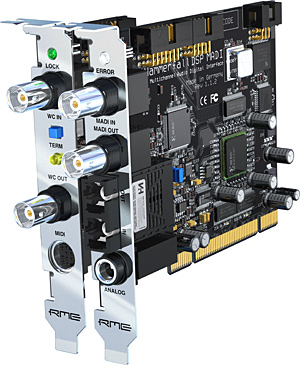
So I guess this is because of the LIVEs design feature to record inputs instantly/immediately - where some other ASIO hosts handle this slightly different (little more complex) and this is one of the features I respect LIVE for.bummer Back then, you could play a decent emulated game of The Legend of Zelda: Ocarina of Time just months after its release.I've now calm down a little on this RME Hammerfall CPU drain issue - cause I've figured out that if deactivating unnescessary inputs and outputs in Audio settings, the CPU performance usage reduces to a acceptable value. Usable PlayStation and Nintendo 64 emulators started to hit the scene in 1999, when both systems were still popular on retail shelves, for instance. But PC-based emulation of contemporary games and consoles in this way isn't completely unheard of.

You'll also probably need to play with a few GPU and emulator settings to maximize your frame rate-this Reddit thread seems like a good starting point.Thanks to the high overhead associated with emulating different hardware, most PC-based emulation focuses on game consoles that are one or two generations older than the computer they're running on. To get the game looking that good, you'll need a decently beefy PC (the video was made with a reported i7 6700k 4.3ghz, GTX 1070, and 16GB of RAM) as well as some community-made graphics packs that resample the game's low-res textures to look acceptable when blown up to a higher resolution.


As the above video shows, the emulated version lets players reset the game's internal resolution up to a full 4K 3840 x 2160 pixels at a steady 30 frames per second.


 0 kommentar(er)
0 kommentar(er)
